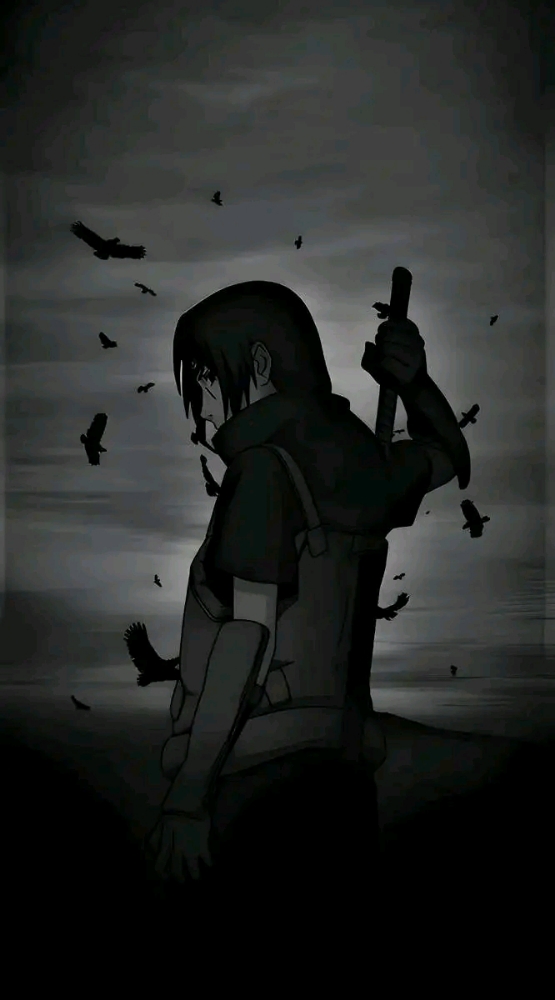How to Turn Your Digital Art into NFTs (Even If You Can’t Code)
What if the artwork buried in your phone or laptop could become a digital asset owned, collected, and traded around the world?
This is the promise of NFTs — and despite what many beginners believe, you don’t need to know how to code to turn your art into one.
In this guide, you’ll learn exactly how to transform your drawings, photos, designs, animations, or illustrations into NFTs using simple tools anyone can master.
Let’s unlock the door to the NFT world — step by step.
🎨 What Makes an NFT Different from a Regular Image?
An NFT isn’t just a picture.
It’s a unique digital certificate, stored on the blockchain, proving:
- Who created it
- Who owns it
- When it was created
- Its full transaction history
Think of it as a digital “authenticity passport.”
Once you turn your art into an NFT, no one can forge or duplicate that certificate.
The image can be copied — but your ownership cannot.
🧩 Step 1: Choose the Right Blockchain for Your NFT
Before uploading your art, you must choose a blockchain. Each has pros and cons, especially when you're new.
The most popular beginner-friendly blockchains:
- Polygon – very low fees, fast, easy for first-time creators
- Solana – cheap, fast, growing NFT community
- Ethereum – biggest ecosystem but more expensive fees
- BNB Chain – low cost, simple to use
If you're new and want a smooth, low-fee experience, Polygon or Solana are perfect starting points.
🛠️ Step 2: Create a Crypto Wallet (No Coding Needed)
You’ll need a digital wallet to store your NFT once it’s minted.
Recommended beginner wallets:
- MetaMask (for Ethereum + Polygon)
- Phantom (for Solana)
Creating a wallet takes 1–2 minutes:
- Install the app or browser extension
- Create a new wallet
- Save your recovery phrase (never share it!)
- You're done
This wallet will connect to NFT marketplaces where your art will be minted.
🖼️ Step 3: Prepare Your Art File
Your digital art can be:
- JPG
- PNG
- GIF
- MP4
- 3D renders
- Illustrations
- Photography
However, your file must follow three key rules:
- High resolution — collectors value quality
- Original creation — plagiarism gets flagged immediately
- Clear theme or style — consistent identity boosts credibility
Think of this as preparing your artwork for a gallery exhibition — because that’s exactly what the NFT space is.
🛒 Step 4: Choose a Marketplace to Mint Your NFT
This is where the magic happens.
Below are the best no-code platforms to turn your art into NFTs:
For Polygon or Ethereum
- OpenSea
- Rarible
- Mintable
For Solana
- Magic Eden
- Solsea
- Tensor (advanced)
These platforms let you upload your art, write a description, choose a price, and click Mint — all without writing a single line of code.
🔥 Step 5: Mint Your Art into an NFT (The No-Code Way)
Minting is the process of turning your artwork into a blockchain asset.
Here’s the simple version of the process:
- Connect your wallet
- Click Create
- Upload your artwork file
- Add:
- Title
- Description
- Collection name
- Royalties (like 5% or 10%)
- Choose your blockchain (Polygon/Solana/Ethereum)
- Click Mint
That’s it.
Your NFT is now live on the blockchain — with a unique ID proving you’re the creator.
No smart contracts.
No programming.
Just a few clicks.
💸 Step 6: Decide How You Want to Sell Your NFT
You have options:
- Fixed price – you choose a price and wait for buyers
- Auction – buyers bid on your art
- Offer-based – people send offers even if you're not selling yet
For beginners, fixed price is usually the easiest.
🎯 Step 7: Promote Your NFT (The Part Everyone Forgets)
Minting the NFT is the easy part — but getting eyes on it is just as important.
Focus on:
- Posting your creation process on social media
- Showing behind-the-scenes sketches
- Joining NFT communities on Twitter, Discord, and Reddit
- Featuring your art style consistently
- Telling the story behind your artwork
Collectors love story + originality + personality.
✨ Conclusion: Turning Art into NFTs Is Easier Than Ever
You don’t need to be a software engineer.
You don’t need to build your own smart contract.
You don’t even need prior experience.
With the right blockchain, wallet, marketplace, and a bit of creativity, any artist can transform their work into digital collectibles.
And here’s the best part:
Every NFT you mint is proof — written permanently on the blockchain — that your art matters.
So now the only question left is this:
Are you ready to let the world collect what you create?



























